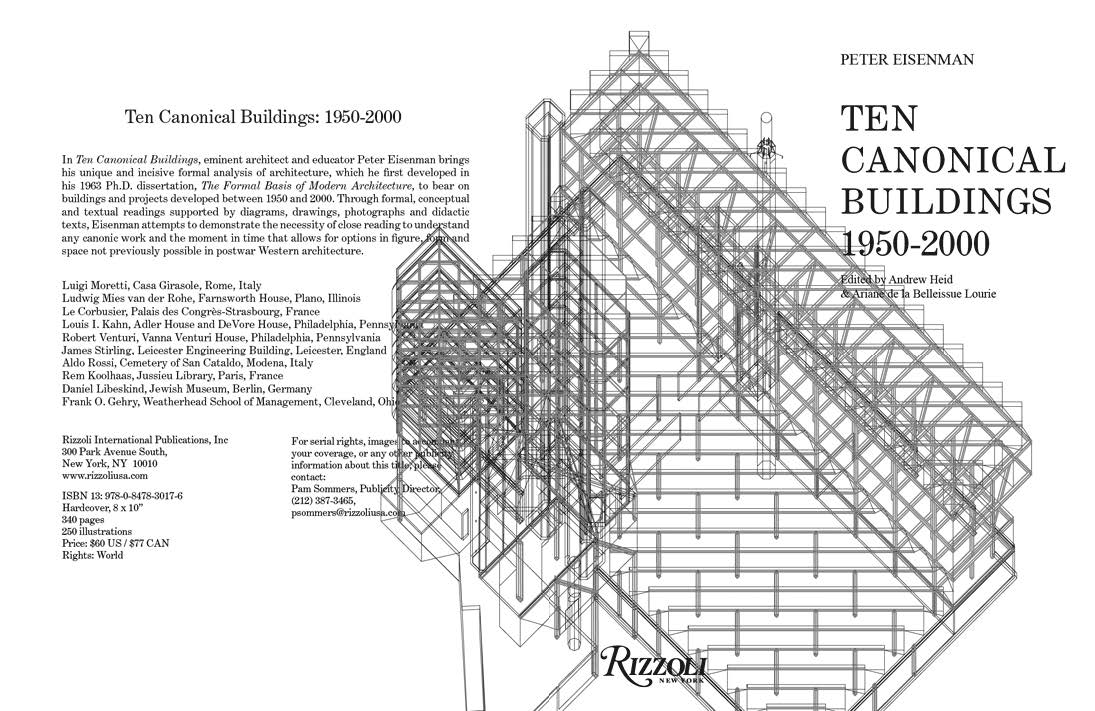The present paper is concerned with the interpretational procedures in Peter Eisenman’s book Ten Canonical Buildings. This book offers ten interpretations of architectural works from the period between the years 1950 – 2000 as well as a meta-interpretation of these interpretations. This latter meta-interpretation has both ontological and architectural-historiographical consequences, as it inevitably touches upon modes of existence and the inner order of architectural works, with the aim of constructing developmental phases that do not follow established styles. It offers a revision of certain current specifications of architectural styles, especially in modern and postmodern architecture. The paper is divided into three areas of focus. The first part deals with the reconstruction of the interpretational procedures in Ten Canonical Buildings. The second aims to categorize them into methodological interpretational contexts and characterizes their categorical apparatus. Finally, the third part points out the ontological and architectural-historiographical consequences of these procedures. The reconstruction is based on the findings that, despite declared changes of interpretation procedures, certain steps are repeated from one work to another. It is possible to say that Eisenman seeks a method that forms an ordered sequence but is capable of variability in dealing with the specific character of architectural works. In this way, he seeks to avoid the traps of certain art-historical interpretation methods (e.g., iconology) that function quite well in the case of the so- called pictorial works or object-based works, but fail in the case of non-pictorial and non-object-based works. The variability of Eisenman’s method is secured by the aim of the interpretation. Eisenman is not interested in deciphering extra-architectural meanings, which he also terms semantic and symbolic analysis. Nor is he a follower of a purely formal analysis addressing solely the geometrical, physical, functional and aesthetic qualities of works. Quite on the contrary, from the very beginning Eisenman is concerned with conceptual relations that he names, after Chomsky, the deep structure or syntactic relations either 1) identifiable in a work or 2) preceding a work or initiated by a work itself. …

This work is licensed under a Creative Commons Attribution 4.0 International License.
